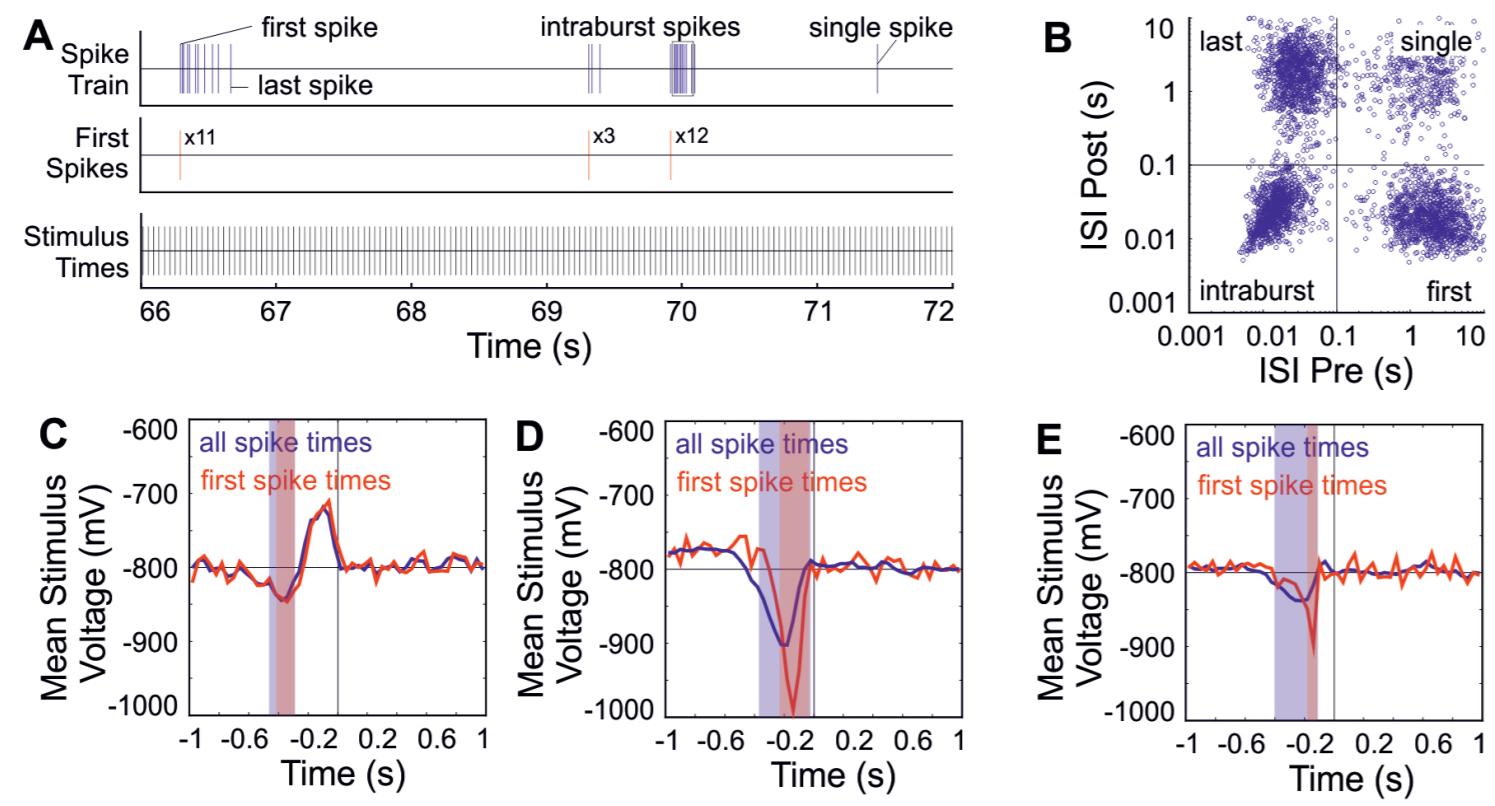Spike-triggered average electrical stimuli as input filters for bionic vision—a perspective
Daniel L Rathbun, Nima Ghorbani1, Hamed Shabani, Eberhard Zrenner, Zohre Hosseinzadeh
To appear in Journal of Neural Engineering, 2018.

Abstract
Bionic retinal implants are gaining acceptance in the treatment of blindness from degenerative diseases including retinitis pigmentosa and macular degeneration. Objective. A current obstacle to the improved performance of such implants is the difficulty of comparing the results of disparate experiments. Another obstacle is the current difficulty in selectively activating the many different retinal ganglion cell types that are used as separate pathways for visual information to the brain. Approach. To address these obstacles, we propose a modelling framework based on white noise stimulation and reverse correlation. In this perspective, we first outline early developments in visual retinal physiology leading up to the implementation of white noise stimuli and spike triggered averaging. We then review recent efforts to adapt the white noise method for electrical stimulation of the retina and some of the nuances of this approach. Main results. Based on such white noise methods, we describe a modelling framework whereby the effect of any arbitrary electrical stimulus on a ganglion cell’s neural code can be better understood. Significance. This framework should additionally disentangle the effects of stimulation on photoreceptor, bipolar cell and retinal ganglion cell—ultimately supporting selective stimulation of specific ganglion cell types for a more nuanced bionic retinal implant. Finally, we point to upcoming considerations in this rapidly developing domain of research
